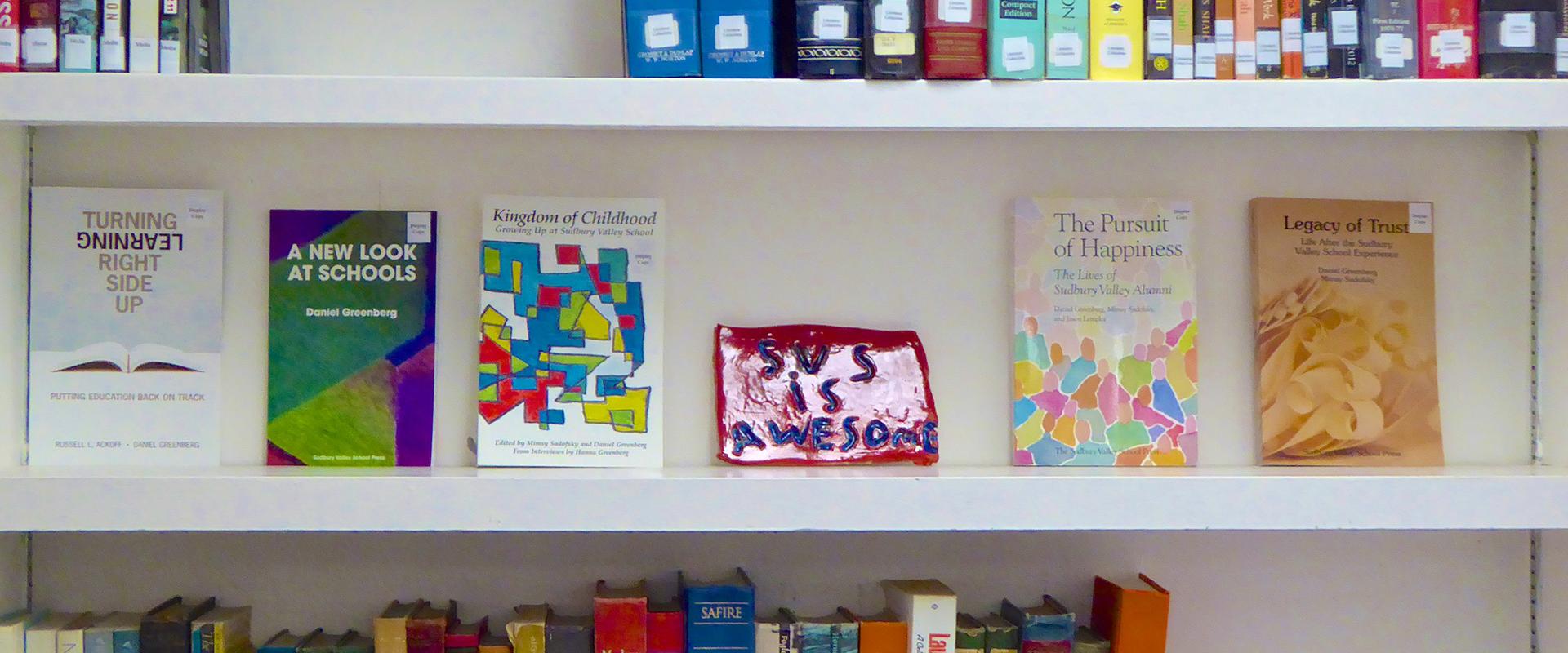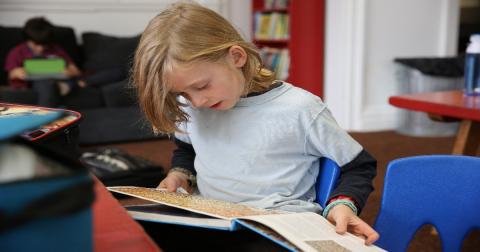Being a Sudbury Valley School parent presents unique challenges. For one, when there’s no honor roll, varsity team, or Gifted & Talented Program, it takes awhile for you to figure out how to brag about your child. “Sally got down from Big Rock all by herself today and hasn’t been brought up for littering all week,” can only go so far. Ditto: “The twins got certified for markers on their very first day!” How do you know your child is doing fine if they’re not doing better than someone else’s?
It’s easy to poke fun, but it’s not uncommon to feel doubt, insecurity, and anxiety when you first entrust your child to a radical model of education. Daring to question the absolute right of adults to decide not only what children should learn, but also when and how they should do so, is dangerous territory. And it’s threatening to those who have no interest in questioning whether they actually have those rights.
From the time our children are born, we start ticking off milestones: Smiled, rolled over, sat up, crawled, walked, talked, talked back. If we send them to a traditional school, they’re tested, measured, tracked, and expected to progress at the so-called “appropriate pace.”
Take reading, for example. If your child is in a public school in Manhattan and isn’t reading fluently by the middle of kindergarten, he runs the risk of being held back. We experienced the opposite problem when we looked into an “alternative” school for our then five-year old son. He was already reading, but we were told that he would have to relearn to do it phonetically.
At Sudbury model schools, there are no formally scheduled reading classes. If you’re a product of traditional schooling, it can be hard to wrap your head around the idea that kids can learn to read without worksheets, flashcards and formal classes. One of the most common questions prospective parents have about Sudbury schools is some version of, “But how will my child learn to read?”
It depends on the child. Some seem to learn by osmosis. Decoding the alphabet and making the connection between symbol, sound, and meaning comes easily and naturally to them. Others struggle, but have a fierce desire to read and will happily work through dozens of mind-numbingly repetitive phonics readers to meet their goal. Sudbury Valley’s child-led learning philosophy accommodates both types of learners and all of those who fall in between.
So when parents ask whether their child can learn to read at Sudbury Valley, the answer they get is a resounding, “Yes!” But, here’s the thing, the how, when, and why that surround that learning will be entirely up to their child. Not every parent is comfortable with that level of unpredictability, especially when we're bombarded with the message that every educational decision we make today will have a profound impact on our children’s future. Core curriculum standards and testing regimens tell us that our kids are exactly where they’re supposed to be. Unless, of course, they’re not. Then they tell us what bad parents we are.
Having the freedom to learn at your own pace, according to your own internal timeline is an incredible gift. As parents, we have to be patient. We have to have trust. But I’m telling you, from the perspective of someone six years in, it is absolutely worth it.
Note: This piece was originally posted on July 8, 2013.


